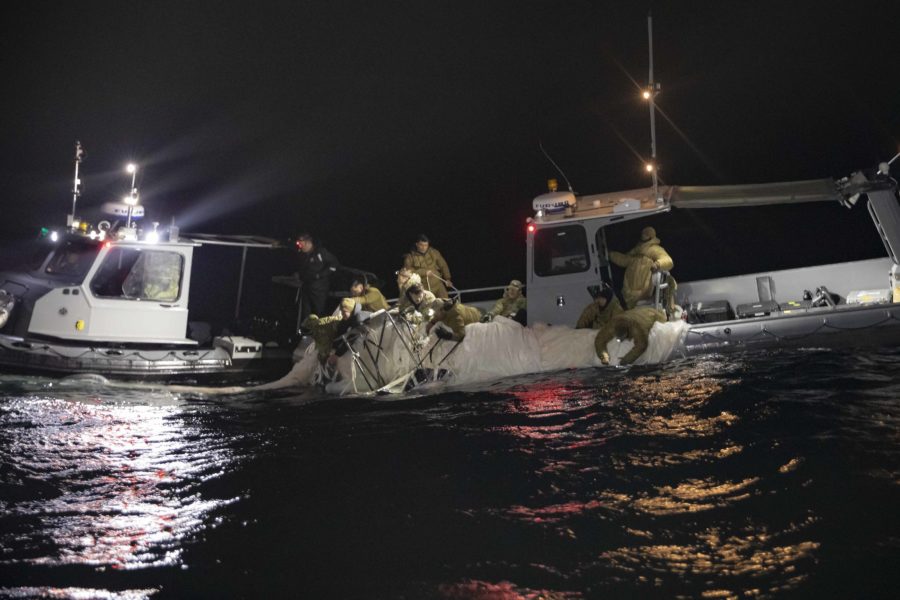The Chinese surveillance balloon that transfixed the nation earlier this year may have popped, but funding to protect against similar threats is inflating, according to the Department of Defense.
The high-attitude surveillance balloon that traversed the U.S. in late January and early February prompted last-minute additions to the Pentagon’s budget—according to DOD officials, there was a late plus-up of around $90 million for measures to protect against similar intrusions in the future.
“We did add some funding late in the process” to address high-altitude balloons, DOD comptroller Michael J. McCord told reporters March 13.
The Pentagon insists the balloon incident was the result of a “domain awareness gap,” in NORAD’s terminology. That lack of awareness, however, was not the result of inadequate radar but the settings, or “gates,” on radars that filter out certain information, a result of being more concerned with bombers and cruise missiles than slow-moving balloons.
McCord described the new funds as earmarked for “sensing and analysis in that particular set of altitudes and phenomenology” for objects similar to Chinese balloon.
“Cruise missiles are the things we care about probably the most in that space of looking at our airspace,” McCord said. “On this particular niche, if you will, we did add some funding to try and refine some capabilities on the back end.”
Adm. Sara A. Joyner, the director of force structure, resources, and assessment (J8) on the Joint Staff, characterized the $90 million as “significant investments” that will improve U.S. sensing in all aspects of U.S. airspace.
“I would tell you that the sensors that we have today are capable of seeing the high-altitude balloons,” Joyner said. “They’re capable of tracking them. It’s a matter of tuning and optimizing those systems to try to get after all forms of intrusions into our airspace.”
Joyner explained that the new investments would try to bridge the gap between detecting fast-moving threats and balloons. When the U.S. stopped filtering out some slow-moving objects, radars started picking up—and the Air Force began shooting down—objects the American government now believes were benign.
“We’ve been very focused on hypersonics and cruise missiles—those types of things that we think were on the high-end, fast-moving threats, and tuning for something that’s much slower, like a balloon,” Joyner said. “That’s part of what all this will go into.”
Joyner said defending the homeland is the number one priority for the Department of Defense, and the U.S. had new capabilities, including over-the-horizon radar, debuting that will help protect against a variety of threats from airships to aircraft.
“It flows throughout this budget,” Joyner said of homeland defense. “I think you can see those investments coming online.”
